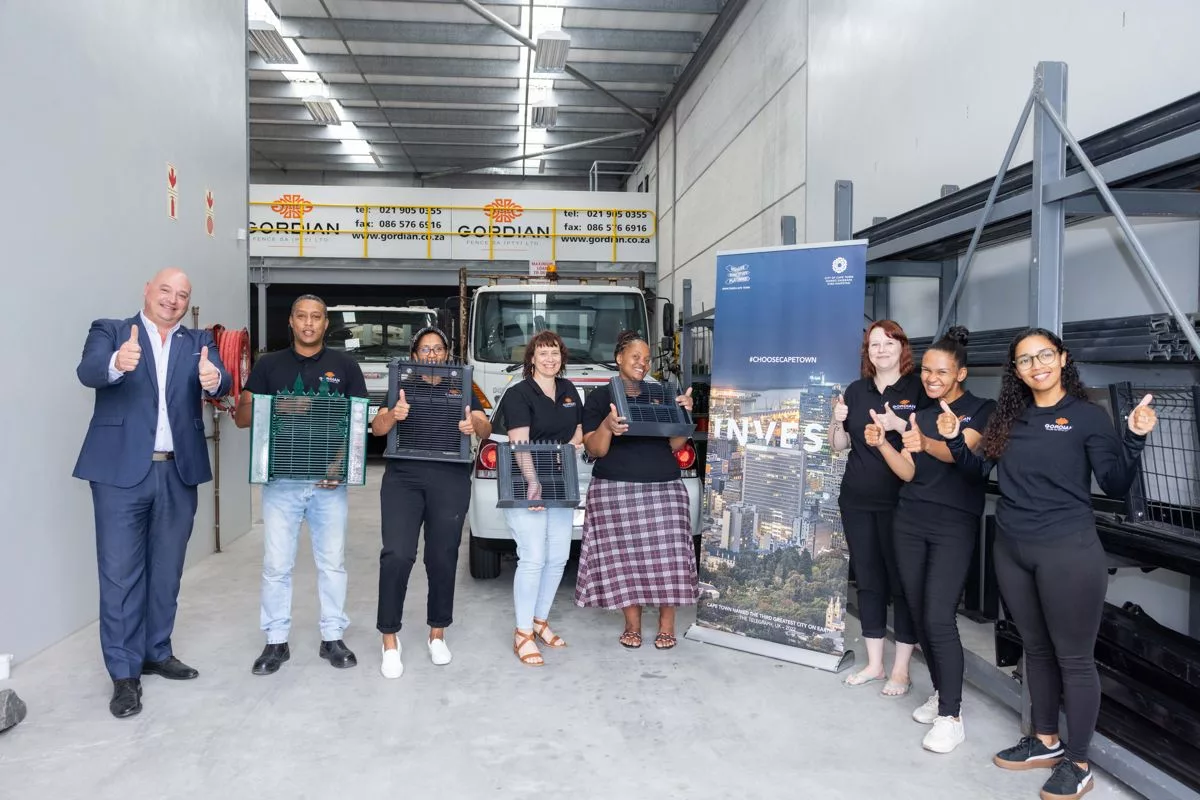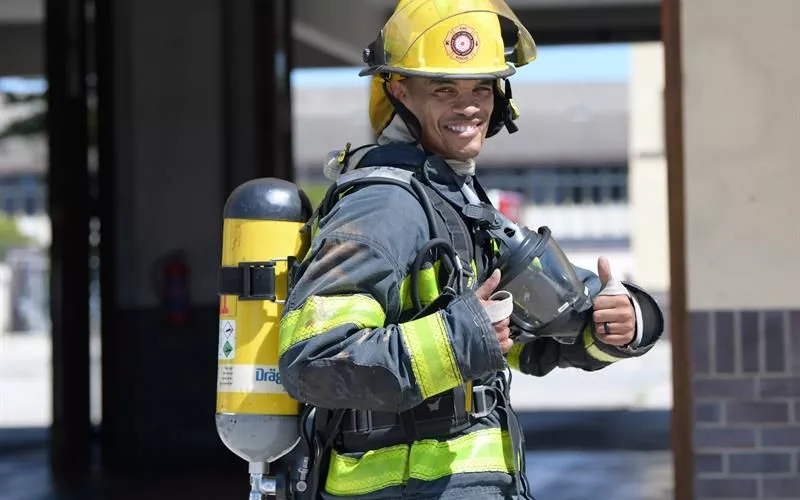In Richards Bay, South Africa, a daring robbery took place as a truck driver attempted to steal minerals worth R15.5 million rand. The SAPS task force stepped in and arrested the driver, highlighting their efforts to suppress mineral theft and protect mining officials. This theft serves as a warning to anyone who threatens the country’s mineral resources, while also emphasizing the importance of vigilant citizens and dedicated law enforcement units in disrupting criminal schemes.
The Bold Theft at Richards Bay Minerals: A Narrative of Lawlessness and Retribution – Read about the daring robbery that took place in Richards Bay, South Africa, where a truck driver attempted to make off with a haul of stolen minerals worth R15.5 million rand. The arrest was made by the SAPS task force, who have been tirelessly working to suppress mineral theft and avert the planned murder of mining officials. The theft serves as a stern warning to anyone who dares to threaten the country’s mineral resources.
The Scene of the Crime
In the dynamic heart of South Africa, an area famous for its glittering array of minerals, a scenario of enormous proportions unfolded. Richards Bay, a city teeming with mineral wealth and industrial activity, became the setting for a daring robbery that thrust the city into the national limelight.
At the heart of the narrative was an unsuspecting 44-year-old truck driver who found himself in handcuffs on an unexpected Monday in March 2024. The South African Police Service (SAPS) task force intervened to thwart his brazen attempt to make off with a haul of stolen minerals. The loot, consisting of Zircon and Chloride valued at a staggering R15.5 million rand, led to his immediate arrest and his subsequent arraignment at the Empangeni Magistrates Court.
This capture wasn’t a simple twist of fate. The SAPS task force, assigned to Richards Bay, had been tirelessly striving to suppress mineral theft and avert the planned murder of mining officials. An anonymous tip about a truck laden with stolen minerals led them to the unsuspecting truck driver. They discovered the deserted truck in the Kwabonambi area, leading them on an investigative trail to an address in Durban where they found the stolen minerals hidden.
Growing Crime Wave and Response
The tale reveals another chapter in an escalating tide of lawlessness tormenting the mining industry. Since the deployment of the SAPS task force, 43 arrests have been made on charges spanning from homicide and theft to trespassing, fraud, and intimidation. A significant 68 case files are currently undergoing scrutiny, with 47 trials awaiting verdicts in different courts. In a notable accomplishment, 202 firearms including rifles, handguns, and shotguns have been confiscated over the past three years.
In reaction to this mounting threat, a vigorous response was set in motion. Two weeks before the arrest, General Bheki Cele, the Minister of Police, and General Fannie Masemola, the National Commissioner of the SAPS, held a conference with the local business community. Their aim was to bolster collaboration and reaffirm their dedication to combating criminal activity within the mining sector. In the wake of this meeting, a vow to allocate more police officers to the area was made, reflecting a steadfast and unyielding stance against criminality.
The Aftermath and Lessons Learned
The significant theft from Richards Bay Minerals has served as an alarming wake-up call. It highlights the urgent requirement to bolster security protocols, heighten vigilance, and strengthen the mining sector against criminal intrusions. The importance of vigilant citizens and the SAPS task force in disrupting criminal schemes and protecting the nation’s valuable mineral assets is also underscored.
In the complex interplay between crime and law enforcement, the theft at Richards Bay Minerals remains a stark reminder of criminal audacity. On the other hand, it also shines a light on the dogged pursuit of these lawbreakers by dedicated law enforcement units. From truck drivers to courtrooms, the tale provides an enthralling narrative of how a single act of crime can provoke a widespread, collective response.
The saga continues to unravel on the national stage, serving as a stern warning to anyone who dares to threaten the country’s mineral resources. It reaffirms that in the face of bold criminality, the determination of the South African law enforcement teams remains unwavering and steadfast.
What happened in Richards Bay, South Africa?
A daring robbery took place in Richards Bay, South Africa, where a truck driver attempted to steal minerals worth R15.5 million rand. The SAPS task force intervened and arrested the driver, highlighting their efforts to suppress mineral theft and protect mining officials.
How has law enforcement responded to the growing crime wave in the mining industry?
The SAPS task force has made 43 arrests on charges spanning from homicide and theft to trespassing, fraud, and intimidation. In addition, 202 firearms including rifles, handguns, and shotguns have been confiscated over the past three years. The Minister of Police and the National Commissioner of the SAPS held a conference with the local business community and vowed to allocate more police officers to the area to combat criminal activity.
What lessons can be learned from the theft at Richards Bay Minerals?
The significant theft from Richards Bay Minerals highlights the urgent requirement to bolster security protocols, heighten vigilance, and strengthen the mining sector against criminal intrusions. It also underscores the importance of vigilant citizens and the SAPS task force in disrupting criminal schemes and protecting the nation’s valuable mineral assets.
What was the aftermath of the theft at Richards Bay Minerals?
The theft serves as a stern warning to anyone who threatens the country’s mineral resources. It reaffirms that in the face of bold criminality, the determination of the South African law enforcement teams remains unwavering and steadfast.
How did law enforcement capture the truck driver involved in the theft?
The SAPS task force received an anonymous tip about a truck laden with stolen minerals, which led them to the unsuspecting truck driver. They discovered the deserted truck in the Kwabonambi area, leading them on an investigative trail to an address in Durban where they found the stolen minerals hidden.
What other criminal activities have been reported in the mining industry?
Aside from theft, charges have also been laid for trespassing, fraud, intimidation, and homicide.










